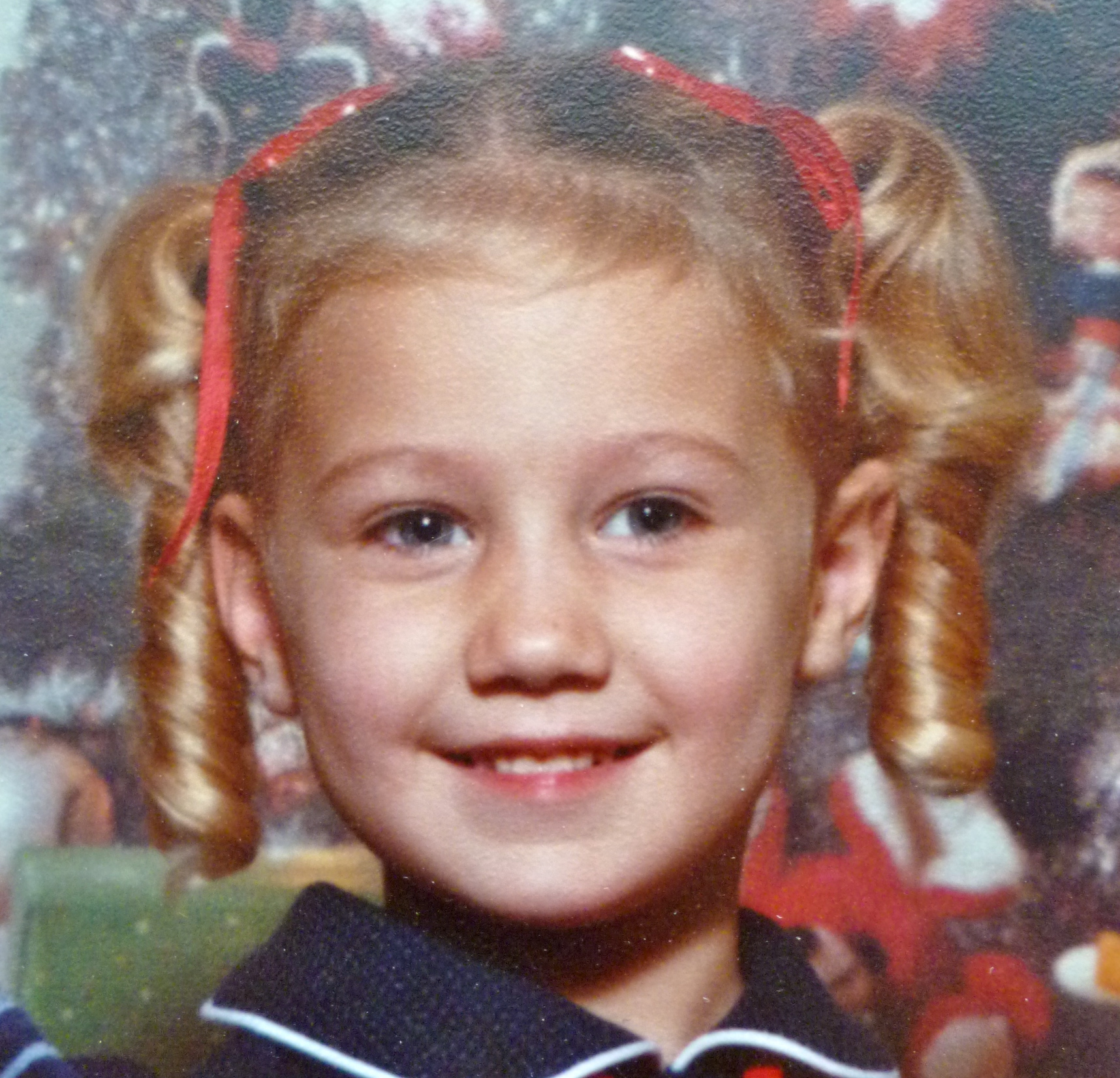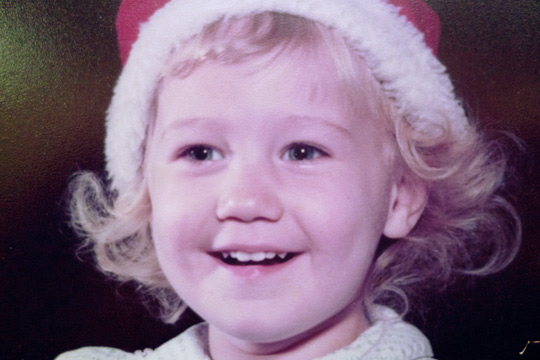When I chat with my special needs, thirty-two-year-old daughter about work, life, or sex, I’ll often say, “We discussed this. Remember?”
Lindsey always says, “Mom, what you say just goes out one ear and through the other.”
“Don’t you mean in one ear and out the other?” I’ll ask. But she sets me straight.
“You have your way. I have mine. I prefer my way.”
My name is Linda Atwell–I’m the mother of Lindsey Jane. We live in Silverton, Oregon. From all accounts, my daughter was born healthy. Her Apgar scores: eight and nine. She rolled over, sat up, crawled, walked, and potty trained within the “normal” childhood guidelines. But at sixteen-months, she suffered a grand mal seizure. Afterwards, her arms and head trembled like she was cold. When she scooped Cheerios, most fell off the spoon and back into her bowl.

By the time she was four, Lindsey resembled a little Cindy Brady with bright eyes and blonde pigtails. Yet something was wrong.
I insisted on more testing. It wasn’t until she was six that OHSU (Oregon Health Science University) doctors diagnosed her as mildly mentally retarded from an unidentifiable syndrome. What in the heck did that mean?
Doctors said she would eventually live in a group home–which didn’t fit into my perfect picture for her (or my) future.
Our story turned out better than that glum OHSU prediction. Lindsey is now thirty-two. She lives in her own apartment with two cats. If you ask, she’ll say, “I work full-time, two hours a day.” She has dated a young man for several years; he recently asked for her hand in marriage. So we’re going to be planning a wedding. “In two years or six months or two years,” Lindsey told me.
I have many unanswered questions. Was her brain damaged from the seizure or a childhood vaccination? Was it a birth defect? Why didn’t it show up until later? Why can’t she reason like her brother, like other people? What exactly does mildly mentally retarded mean?
I’m writing a book on how a special needs daughter changed my life–and it hasn’t always been a pretty journey. We’ve searched for answers and a different (better) diagnosis. I’ve struggled with acceptance, inappropriate outbursts, quacks (desperate to find a cure) teenage sex, a tubal ligation, and employment.
One of the most painful parts of our journey was when Lindsey turned twenty years old. She ran away with a forty-two year old man who isolated her from us for four long years. How does a mother handle that? How do parents protect their adult special needs children? Especially when law enforcement tells you, “She’s of legal age. It’s not a crime to pick a bad partner.”
Yet every day, the saga of raising a special needs daughter–now young adult–continues. This is where I’ll share Lindsey-isms, and where I hope to write and discuss the many issues related in raising a mentally challenged child. I hope you’ll join me. Welcome to Out One Ear And Through The Other.
 My first book, Loving Lindsey: Raising a Daughter with Special Needs will be out September 26, 2017. If you would like to learn more, click here.
My first book, Loving Lindsey: Raising a Daughter with Special Needs will be out September 26, 2017. If you would like to learn more, click here.
Every month, one or two organizations that do great things for people with special needs will be featured here. If you would like to support the developmentally disabled, please check these out.
Albertina Kerr helps children, adults and families in Oregon with mental health challenges and developmental disabilities, empowering them to lead fuller, self-determined lives. They were recently named Oregon’s 2nd most admired non-profit organization. If you would like to learn more about their services, volunteering, or donating, please click on the above link.
Special Olympics services 4 million athletes worldwide with developmental disabilities. If you would like to learn more about how you might support this organization, please click on above link.

